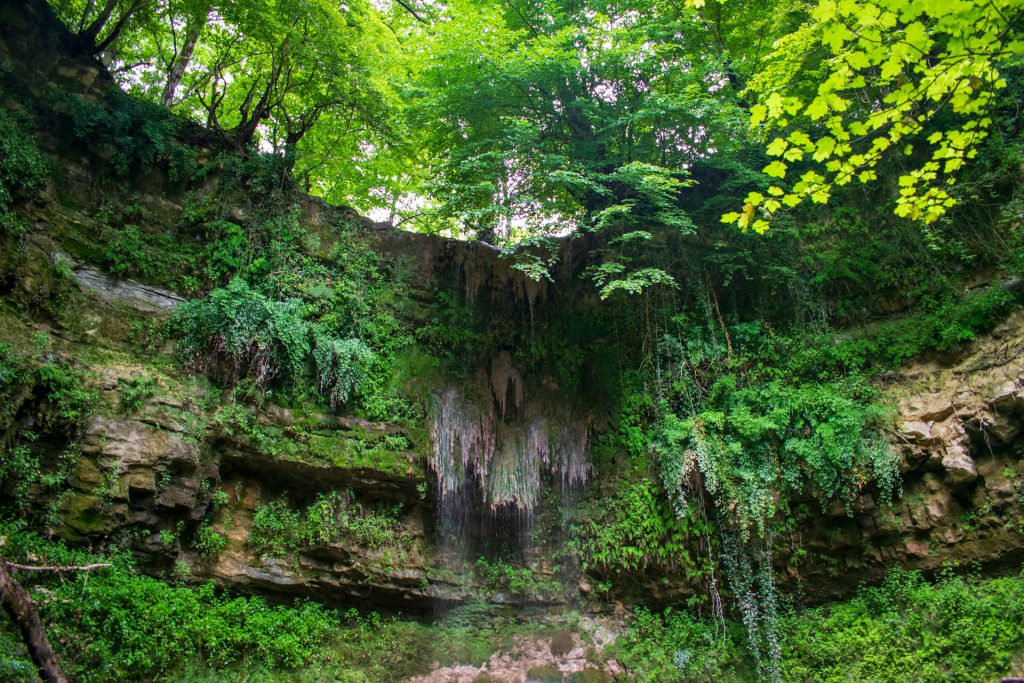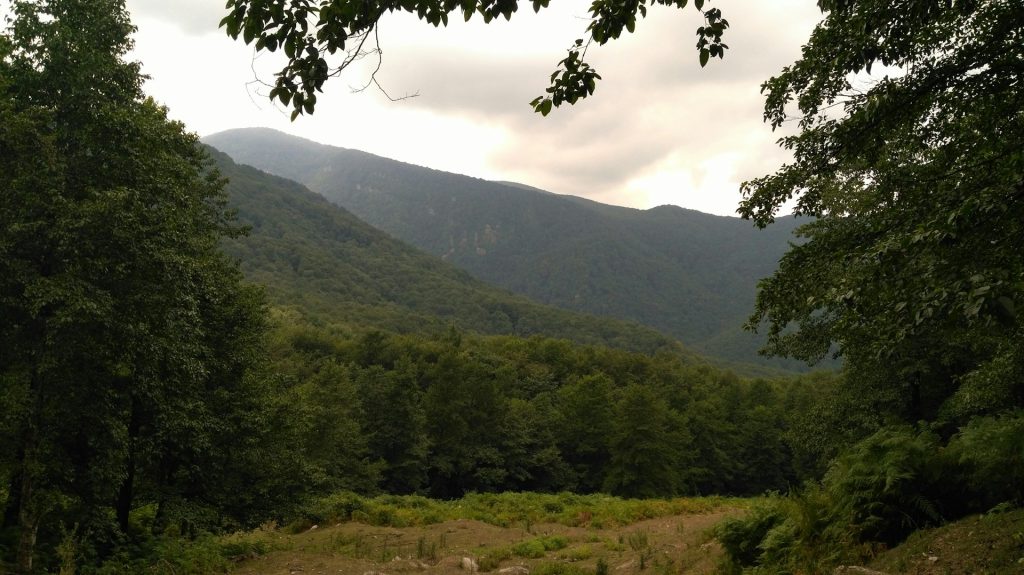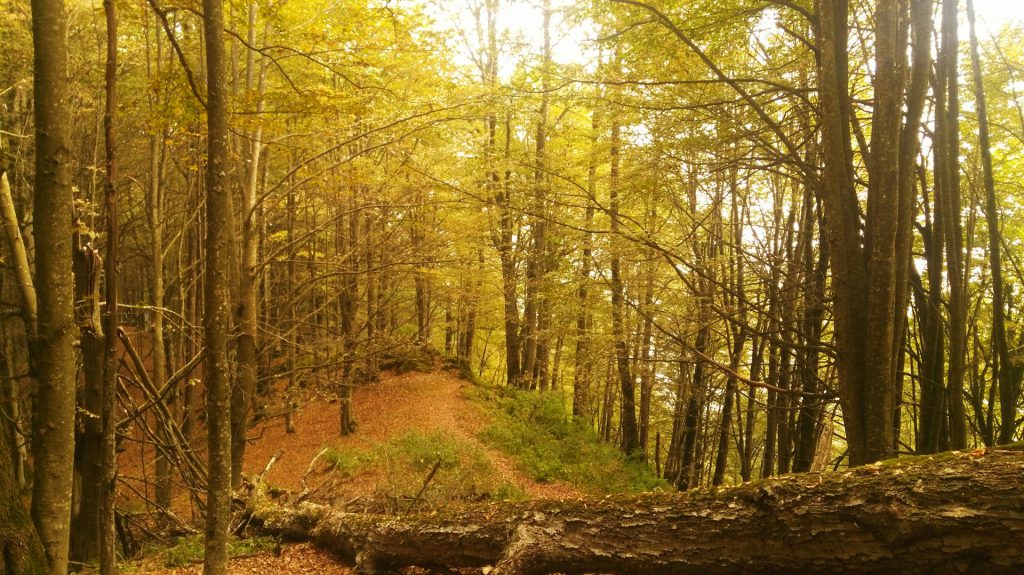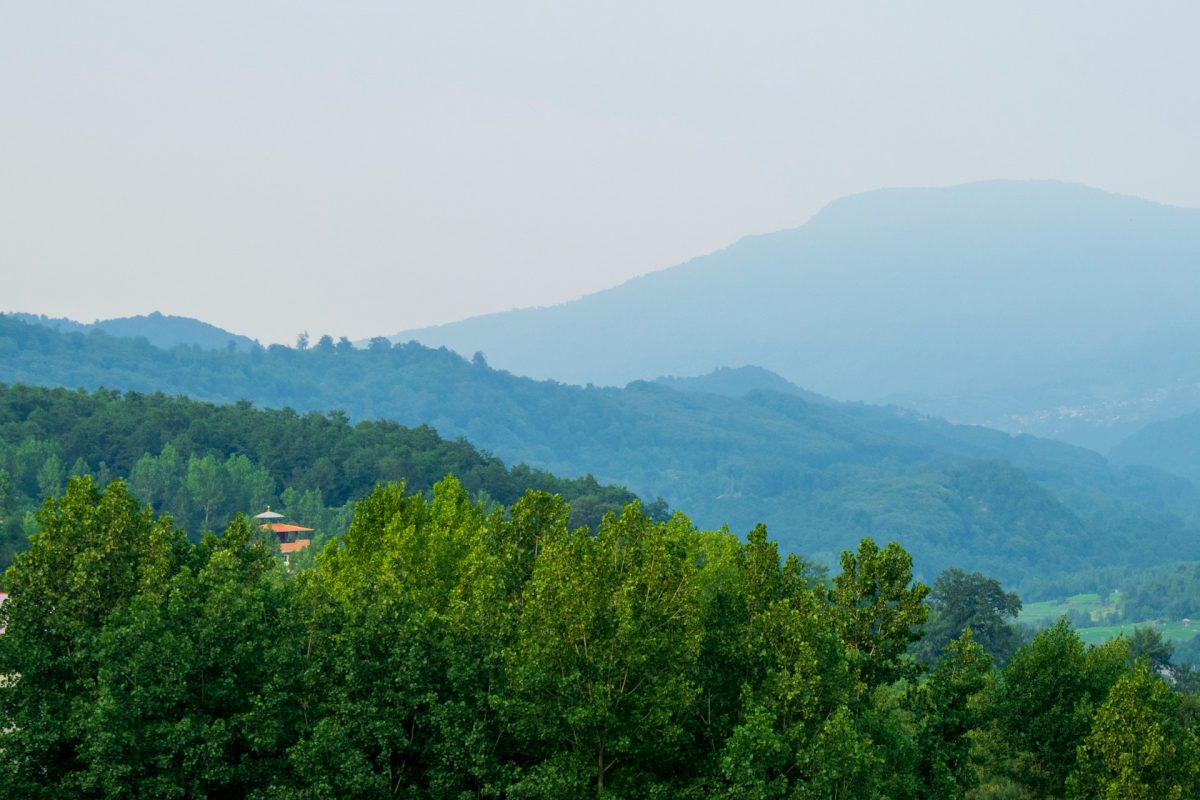Table of Contents
Hyrcanian forests are one of the most popular forests in Iran, located in the south of the Caspian Sea and between Iran and Azerbaijan. These forests, which are located on the northern slopes of the Alborz mountain range, are considered the densest forest area in Iran and are called the northern forests in the vernacular.
According to the fossils and trees in this area, these forests date back to the third geological period and several million years ago. Hyrcanian trees are so old that some have attributed their growth to the time of the dinosaurs.
These trees could not survive in different parts of Europe and Siberia. On the contrary, the Caspian Sea became the best place for them to live. The climate was temperate, and Hyrcanian trees survived for thousands of years. A forest with such a long life is considered one of the most unique forests in the world and some call it a natural museum or living fossil. That is why it is among one of the oldest forests in the world (Daintree Rainforest as the oldest forest in the world).
These forests are the only remnants of the Ice Age and the third geological period. In 2005, the global registration of these trees was not approved, and after the efforts of Azerbaijan and Iran, on July 5, 2019, the Hyrcanian forests were registered in the UNESCO World Heritage List. Hyrcanian Forest and Lut Desert are 2 natural sites of Iran that are registered in the UNESCO World Heritage site.
This forest is known as one of the oldest forests in the world and has a total area of 8.1 million hectares in 5 provinces of Mazandaran, northern Khorasan, Gilan, Ardabil, and Golestan.
The Climate of the Hyrcanian Forest

Considering that all tropical forests in the world have 4 types of climates during the year, these living fossil forests in Iran have three climatic layers. Dry climate in summers, humid weather in autumn, and mild weather in winters. The climate of the Hyrcanian forest is very favorable.
Due to this temperate climate, it has become a habitat for many types of plants and animals. The climate around the Caspian Sea is temperate and humid, and the reason for the survival of the Hyrcanian forests in the north of Iran has been the same type of climate.
The climate of the north of Iran is a semi-Mediterranean climate with a temperate and humid climate. The average annual rainfall in this region is 1000 mm, most of which falls in the western parts and the least in the eastern regions.
On average, rainfall decreases from west to east, with a maximum measured rainfall of about 2000 mm and a minimum of 600 mm per year. The distribution of rainfall throughout the year is not quite regular. The highest rainfall is in spring and autumn and the lowest in summer.
The length of the drought period also increases from west to east. The average length of the drought period in the west is one month, in the central regions 2 months, and in the eastern parts sometimes up to 3 months per year. The average annual temperature is between 15 and 18 degrees Celsius. The average of the hottest month of the year is between 28 and 35 degrees and the coldest month of the year is between 1 degree above zero and 4 degrees below zero.
Wildlife and Vegetation of Hyrcanian Forests

Although the Hyrcanian forests were once famous for their lions and tigers, and today their roar can no longer be heard, they still have beautiful and fascinating species that make these forests special for UNESCO and nature lovers around the world. Biodiversity and Iran wildlife have been one of the reasons why UNESCO evaluators consider Hyrcanian forests to be superior to its rival, Georgia’s Calchit Forest.
As mentioned above, these forests are a remnant of the third geological period and the Ice Age, which in terms of native and ancient species, has high vegetation and biodiversity. This region is one of the most unique ecologies in the world with the rarest forest species in the world. It includes 150 native species of trees and shrubs, as well as nearly 60 species of mammals, 340 species of birds, 67 species of fish, 29 species of reptiles, and 9 species of amphibians.
One of the most famous carnivorous species that existed in the Hyrcanian forest region of Iran is the Mazandaran tiger, which unfortunately has been extinct for 20 years. After the Mazandaran tiger, other species whose offspring are significantly endangered are brown bear, jackal, wild cat, sheng, maral, lynx, and leopard. The Hyrcanian forests are also listed as an International Bird’s Area (IBA).
The trees of Iran forest are of mixed broad-leaved type on the southern shore of the Caspian Sea, which are adapted to the sub-Mediterranean and humid climate. The most famous trees are beech, oak, alder, hornbeam, maple, biblical, elm, sparrow tongue, wild cherry, rainbow, yew, linden, boxwood, larch, lilac, sagebrush, sage, fig, etc. Shrubs of this forest include azalea, hawthorn, blueberry, wild hawthorn, pomegranate, etc. can be mentioned.
It is said that there are no more than 40 degrees of beech forest in latitudes, but these forests of Iran, which are located at an average of 38 degrees of latitude, have compact beech stands that are unique in this respect.
Hyrcanian Forests at Different Altitudes

Plains and low altitudes (mainly boxwood and alder oak)
Medium slopes (mainly hornbeam, hornbeam oak)
Highlands (beech – hornbeam)
Upper altitudes and forest boundary (including dominant species Auri, Lore, Cypress Sabina, and Camonis).
Hyrcanian Forests in East of Iran
A different view of these Hyrcanian forests can be seen in East Azerbaijan and in the Arasbaran region, which according to some independent experts is referred to as the Arasbaran forests in the classification of Iranian forests.
Hyrcanian forests should be considered as one of the most valuable common natural resources between Iran and Azerbaijan. We suggest that you plan to enter them and enjoy the Hyrcanian forest as soon as possible, as they are rapidly being destroyed due to the rampant expansion of the wood and paper industries and the expansion of construction projects such as the construction of a dam.
FAQs about Hyrcanian Forest
Q1: Where is the Hyrcanian forest?
A1: The Hyrcanian Forests are a long stretch of green forests with both deciduous and mixed broad-leaved trees. They cover about 850 kilometers along the Caspian Sea, from the Talish Mountains in Azerbaijan to the Alborz Mountains and Golestan Province in Iran.
Q2: How old are the Hyrcanian forests?
A2: The Hyrcanian Forests are a special forest area that extends along the Caspian Sea in Azerbaijan and Iran. These broad-leaved forests have been around for 25 to 50 million years, covering most of this Northern Temperate region.
Q3: What animals are in the Hyrcanian forest?
A3: Named after ‘Wolf’s Land’, the Hyrcanian forests are habitats for wolves, brown bears, golden jackals, and the elusive Persian leopards.
Q4: What is the largest forest in Iran?
A4: The Hyrcanian forests are rich lowland and mountain forests covering about 55,000 square kilometers (21,000 square miles) near the shores of the Caspian Sea in Iran and Azerbaijan. The forest is named after the ancient region of Hyrcania.
Q5: Does Iran have jungle?
A5: The Caspian Hyrcanian Mixed Forests area, in the temperate broadleaf and mixed forests zone, is a region of rich lowland and mountain forests covering about 55,000 square kilometers (21,000 square miles) near the southern shores of the Caspian Sea in Iran and Azerbaijan.
Last Words: Explore the Best of Hyrcanian Forest with a Customized Tour
The Hyrcanian forests are located in the north, near the Caspian Sea, between Iran and Azerbaijan. These forests are on the northern slopes of the Alborz mountain range and are the densest forests in Iran. They are super old, dating back to millions of years ago. Some trees of Iran forest are so old that they might have been around when dinosaurs existed. They’ve been there for thousands of years.
When it comes to experiencing the Hyrcanian Forest, a customized tour ensures that every aspect of your journey is tailored to your preferences. To Iran Tour specializes in creating personalized travel experiences, focusing on providing an exceptional journey through the Hyrcanian Forest in Iran.
Whether you’re a nature enthusiast, a history buff, or a foodie, ToIranTour can design the perfect itinerary to suit your needs. By providing personalized attention and tailor-made itineraries, we are committed to helping you have a fantastic adventure in Iran.

